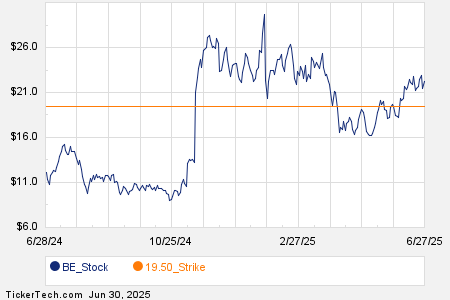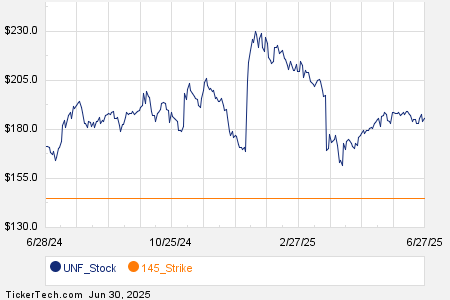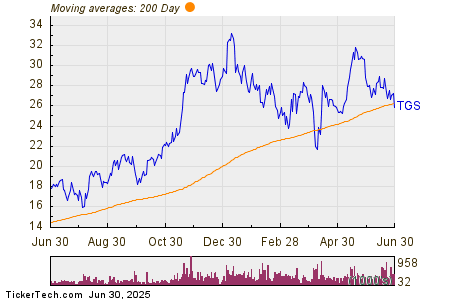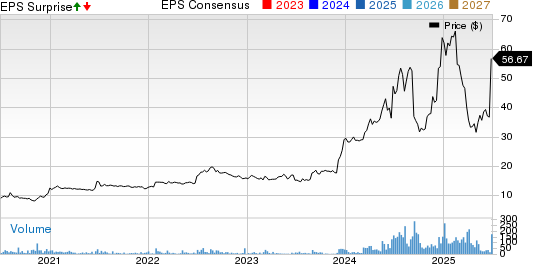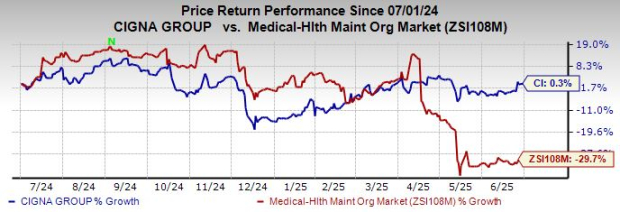Americans were recently surveyed by the folks at AARP about their feelings regarding Social Security and Medicare, and not surprisingly, the vast majority of them are big fans. According to an article on AARP’s website, “Nearly all Americans age 50-plus say Social Security and Medicare are important for financial security in retirement, including 90% who say Social Security is very important and 84% who say Medicare is very important.”
Thus, it’s a big deal that the future solvency of both programs is in question. Here’s a look at the recent condition of the programs, along with how long they’re expected to remain solvent. (Spoiler: Medicare’s coffers are in slightly better shape.)

Image source: Getty Images.
Defining terms
First, let’s review just what these programs are. Social Security, signed into law in 1935 during the Great Depression, provides retirement income for tens of millions of Americans. Workers pay into the program throughout their working life via taxes, and then they collect benefits from the program in retirement. Each of us can start collecting our full benefits at our full retirement age (which is 67 for most workers today), or we can make them bigger or smaller by starting to collect them later or earlier than that. Choosing when to collect Social Security is a major decision.
Medicare is available to most Americans beginning at age 65, and it provides vital health insurance. It comes in two key forms: original Medicare ,which includes Parts A and B, typically with Part D for drug coverage, too, and Medicare Advantage plans. Those signing up for original Medicare can choose supplemental plans, as well.
What’s the problem with Social Security and Medicare?
So what’s the problem? Well, both programs work by collecting taxes from workers and spending that money on enrollees, but over time, the ratio of workers to beneficiaries has shrunk as people have generally been living longer and often retiring earlier. Costly newer medications have also played a part for Medicare.
Here’s exactly how the ratio for Social Security has changed over time:
|
Year |
Ratio of Covered Workers to Beneficiaries |
|---|---|
|
1945 |
41.9 |
|
1955 |
8.6 |
|
1975 |
3.2 |
|
1985 |
3.3 |
|
1995 |
3.3 |
|
2005 |
3.3 |
|
2015 |
2.8 |
|
2020 |
2.7 |
|
2023 |
2.7 |
Source: Social Security Administration.
In the past, Social Security took in more than it paid out, resulting in a surplus. That surplus is running dry, though. Medicare Part A is similarly funded via taxes, and its trust fund is facing a shortfall, as well.
When will Social Security and Medicare run into trouble?
Reports are issued regularly on the health of the trust funds for Social Security and Medicare, and the most recent one offered both good and bad news. Specifically:
- The combined Old-Age and Survivors Insurance (OASI) Trust Fund and Disability Insurance (DI) Trust Fund can pay 100% of Social Security obligations until 2035, a year longer than was estimated last year. At that point, incoming funds will only be able to cover 83% of expected payments owed to beneficiaries. So, if nothing is done, future retirees may be receiving only 83% of what they’re due.
- The Hospital Insurance (HI) Trust Fund, paying for Part A Medicare coverage, is expected to remain solvent until 2036 — fully five years longer than estimated last year. Come 2036, with depleted reserves, there will only be funds to pay 89% of expected benefits.
As of the latest report, Social Security is scheduled to see its reserves dry up in 2035, just 11 years from now. Medicare’s reserves are expected to be depleted a year later, with incoming funds not able to pay 100% of obligations anymore.
Social Security and Medicare can be strengthened
Fortunately, this bleak future isn’t necessarily going to happen — because there are multiple ways to save Social Security and Medicare. Our representatives in Washington simply have to take action, implementing one or more powerful remedies. Many are not inclined to do so, though, despite overwhelming support from Americans for the programs — so consider contacting your representatives to let them know of your concerns if you have any.
Social Security can be strengthened by increasing the tax rate that workers pay into the program, taxing more or all of workers’ income (right now, high earners are only taxed on a portion of their earnings), raising the full retirement age, means-testing benefits, and/or taking some other measures.
Medicare can also be strengthened by measures such as upping the tax rate paid into its coffers (on higher earners or all workers), closing loopholes that permit some to avoid paying into the system, increasing the enrollment age, and/or slowing down how rapidly new treatments and procedures are added to Medicare.
It’s smart to keep up with developments regarding Social Security and Medicare, since both programs are likely to be extremely vital to most of us in the future.
What stocks should you add to your retirement portfolio?
The Motley Fool Stock Advisor analyst team just identified what they believe are the 10 best stocks for investors to buy now. The 10 stocks that made the cut could produce monster returns in the coming years, potentially setting you up for a more prosperous retirement.
Consider when Nvidia made this list on April 15, 2005… if you invested $1,000 at the time of our recommendation, you’d have $550,688!*
Stock Advisor provides investors with an easy-to-follow blueprint for success, including guidance on building a portfolio, regular updates from analysts, and two new stock picks each month. The Stock Advisor service has more than quadrupled the return of S&P 500 since 2002*.
See the 10 stocks »
The Motley Fool has a disclosure policy.
The views and opinions expressed herein are the views and opinions of the author and do not necessarily reflect those of Nasdaq, Inc.



